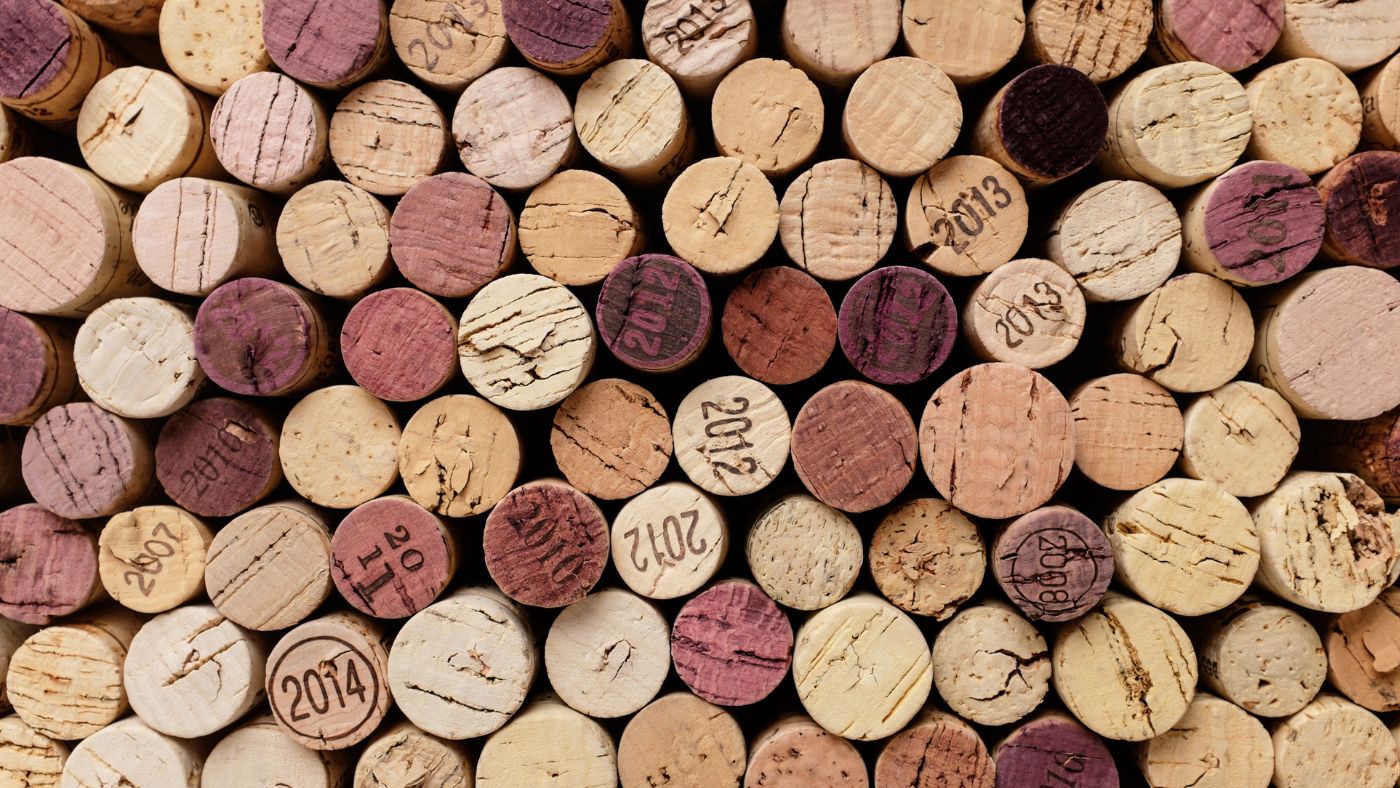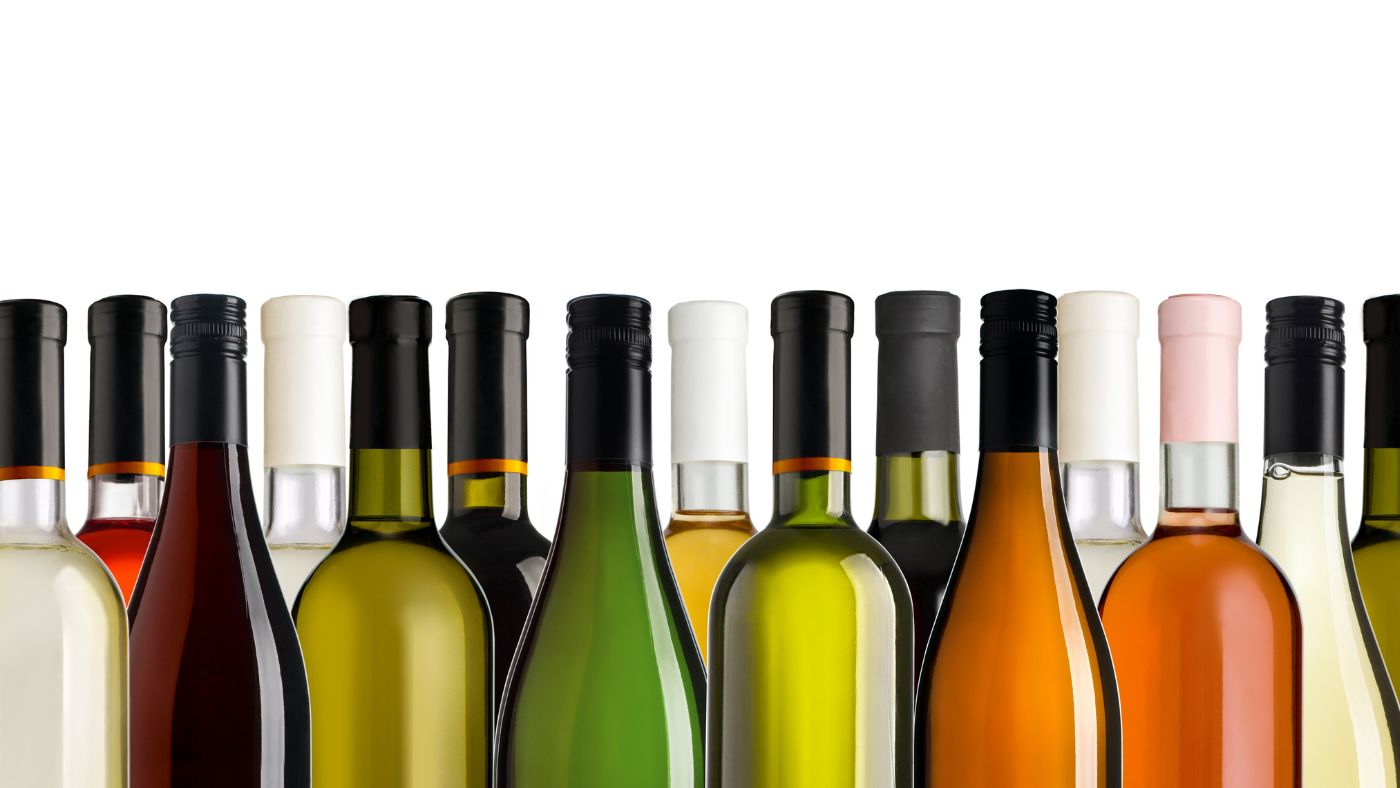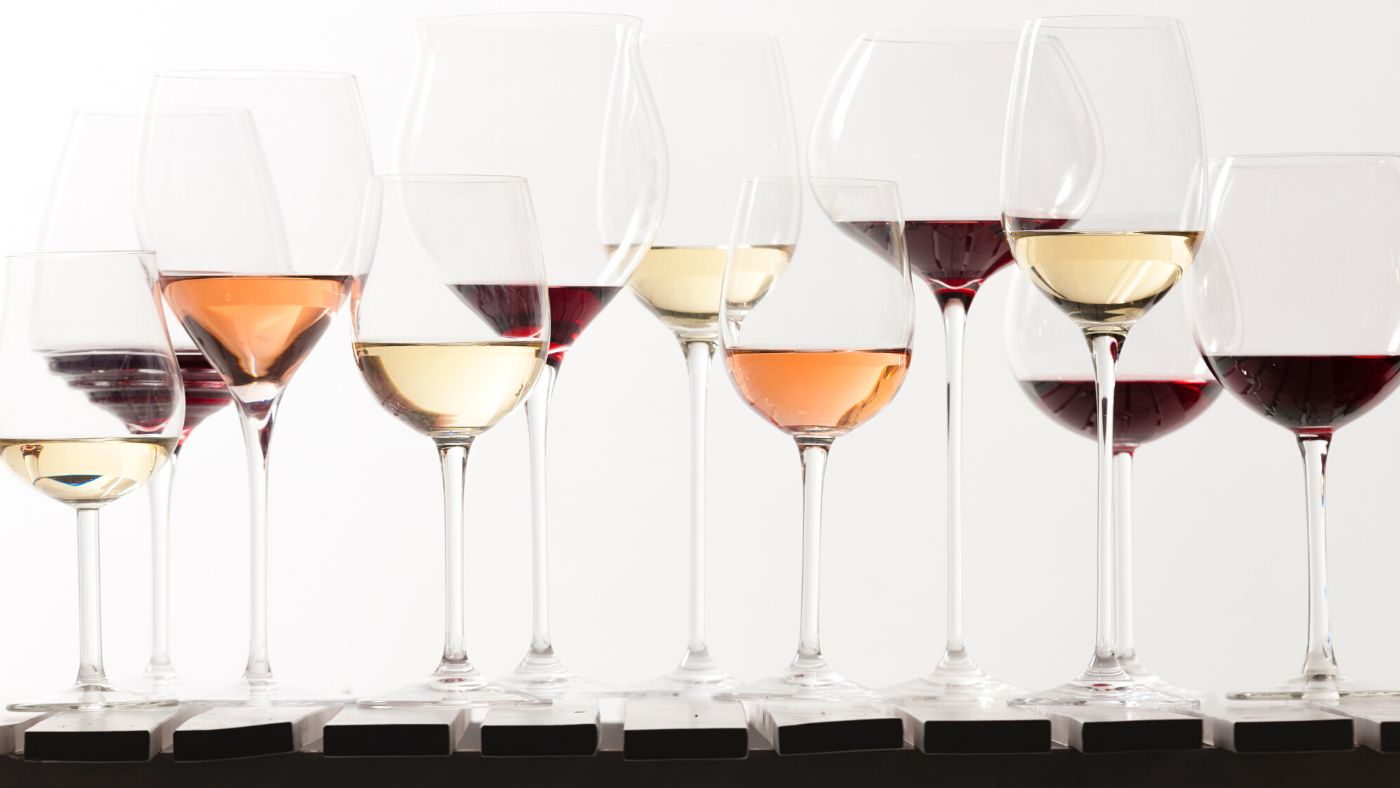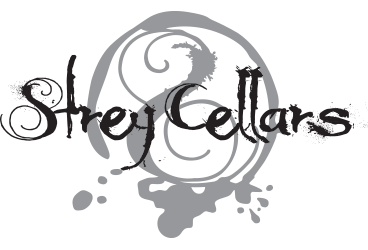11 Oct Nice Package

When you take your first steps into the wine world, it can be extremely overwhelming. Especially if you have not had much experience with wine in your life. There is this daunting energy that can be put off based on movies where wealthy people order obscenely expensive bottles of wine that are 200 years old, from an ancient winery in the South of France. I see a lot of wine misrepresentation in movies, and it frustrates me a little bit, because it sends this message that good wine has to be expensive and old. I don’t want to burst your bubble, but I am going to do you a favor, stop pining over ancient wines… and stop “laying down” your bottles of California wine. That $1,100 bottle of wine is not even drinkable, while yes, there was a time that wine was made to be laid down for years and years, that is no longer the popular style, and 98% of wine is intended to be consumed within 5 years. In that 5 five years will your wine age (or change in flavor profile)? Yes, there most likely will be a difference, this largely depends on its closure. Corks transfer oxygen, and I know we always say how we avoid oxygenating the wine, but corks are just breathable enough to create an appropriate OTR (oxygen transmission rate), which aids in graceful aging of the wine. This being said, a lot of wineries are experimenting, or have completely switched over to screw caps. I felt some of you cringe just now. Upon doing some research (meaning I tasted a bunch of wine, while reading a plethora of wine articles), I found that screw caps are surprisingly useful, and you can get different liners because the cap itself doesn’t act as a cork, it’s the liner at the top that delivers oxygen at certain rates. You can choose specific liners based on how much aging you want. Most white wines don’t need to age, so these wines will use a cap that has a liner that is not very breathable, while many red wines thrive with some aging, in which case you would choose a liner that breathes more. As I mentioned, wine today is meant to be drunk, so, if you absolutely love the way a wine tastes and you don’t want it to age, then using a tighter liner would maintain the integrity of the wine as it tastes the day you bottle it. A lot of bigger wine manufacturers and distributors want their wine to always taste the same year after year. This makes it easier to sell to stores and wine bars, because there is a consistency, and the buyers remember the taste. I notice that wines with screw caps seem to be fresher, and brighter. It may not be traditional, but it’s useful.

Speaking of tradition, a lot of wine “rules” aren’t actually rules. That’s one of the funny things about the wine world, you’ll see a lot of winemakers are very comfortable with tradition. For instance, wine bottle shapes. There is no real reason for a Bordeaux wine, like Cabernet Sauvignon to be in a Bordeaux style bottle, other than, that’s what most winemakers choose, and it makes it easier to locate a wine when you’re familiar with the bottle. The shape of bottles doesn’t affect the taste or whatsoever. There are 12 major shapes of wine bottles, Bordeaux (Cabernet Sauvignon), Burgundy (Pinot and Chardonnay), Rhône (Syrah), Champagne (Bubbly), Côtes de Provence (Rosé), Mosel & Alsace (Riesling), Rhine (Gewurztraminer), Chianti (Chianti, obviously, and fun fact about these bottles, they have a basket because they are completely round on the bottom, and need the basket to stay upright.), Bocksbeutel (18th century German and Portuguese style that isn’t round, so it cannot roll away.) Jura (Pinot and Chardonnay), Vin Jaune (named for the wine, itself and which matures for 6 years under a film of yeast before it’s bottled.), Fortified Wine (Port). The shape of wine bottles never had anything to do with taste, it’s just the lung capacity of the glass blowers! And a lot of people think the punt (the dip at the bottom of the bottle) is important for how the wine is stored, but it is also simply traditional. The early wine bottles had punts because it was impossible to make a flat bottom at the time so there was a scar at the bottom of each bottle. The scar would scratch up your table if you tried to set it down, so they made an indentation. The punt also gave the bottles extra stability, which again, is unnecessary now, because we can make flat bottoms, alas, winemakers are attached to the punt, and some believe it helps trap sediment.

Hold on, if you’re thinking that if the shape of bottles don’t matter, then the shape of your glass doesn’t matter, you’re wrong. That is one tradition that actually has scientific proof. Ethanol vapors carry aromatic compounds to your nose, certain glasses actually help specific wines to smell, and in turn taste their best based on the size of the opening. Not all wine has the same characteristics, so different glasses are used to bring out the unique qualities. It’s a lot like body types. Not all of us are going to look bangin’ in high waisted jeans and a crop top, just like some of us look like potatoes in flowy dresses. Dressing for your body type accentuates the different parts of you, making you look and feel your best. Your wine deserves to smell and taste her best. If you were to drink your wine out of a mug, the ethanol vapors would disperse unevenly, meaning the authenticity of the aroma is diluted. The combination of the slope from the bowl to the cone shape at the top of the glass actually helps those vapors to stay in that shape longer. Thanks to this discovery, many people are switching from champagne flutes to white wine glasses when drinking champagne, because the flutes showcase the beautiful bubbles, but don’t allow an optimal aromatic nose, which is a disgrace to the wine. We all know how important the nose is. There are even more wine glass options than wine bottle options, but these have been designed specifically for an optimal tasting and drinking experience. The first thing you need to know if you want to up your wine glass game is that the best glasses are feather light (yes, I know they break all the time, that’s just a natural part of the wine lover’s life. Accept it.), and have a very thin lip. The idea is to almost have no glass and to become fully immersed in the aromas and taste of your wine. Can your glass be stemless? Sure, however, I would recommend using glasses with a stem because holding the bowl of your glass warms up your wine, (and leaves fingerprints, not very chic!), and if you wash your hands regularly, (which I know you do, flu season is upon us!) then you’re going to smell the soap much stronger than the wine.
Which shapes should you be looking for? It depends on the wine you like to drink. Red wine glasses are large, with a full round bowl. The large bowl allows air contact for oxidation which brings out complex aromas and flavors. White wine glasses have a U shaped bowl and are slightly smaller than red wine glasses. The U shape helps maintain the cool temperature of your white wine. You can absolutely get geekier and buy a set of Burgundy wine glasses, Bordeaux glasses, Pinot Noir glasses, Cabernet Sauvignon glasses, and have an option for whichever red wine you’re drinking that night. The same can be done for white wine glasses, you can invest in a set of Sauvignon Blanc, Montrachet, Chardonnay and Riesling glasses. If you’re going that far, you may as well add in dessert glasses and champagne flutes, or tulips. You may also need a kitchen remodel to house all of your fancy glasses. My recommendation is to simply find a red wine glass that you love, and a white wine glass that you love (at Strey we love anything Stölzle) but this will give you the best of both worlds.
Falling into the rabbit hole of the wine world can be extremely overwhelming, but equally fascinating. Wine is for everyone (if you’re 21 or older, in the US.) and not knowing how to do a tasting, or what the legs are, or which glass to use is an opportunity. I LOVE it when people walk through our Ventura County doors and have never done a tasting before! This experience can be a life changer for that person. I know because our winemaker, Scott went wine tasting once, and he dove head first down that rabbit hole, about 10 years later he opened Strey Cellars, and is actively living his dream.

Author’s Note: My name is Justine, and I have been a part of the Strey Cellars family since infancy. Responsible for various roles, my favorite has been penning their blogs. During the hiatus of the pandemic, I took a leap of faith and began blogging and writing for different niche websites. You can search them through my IG @justinethewitch. Strey Cellars is my home away from home and will surely be your new favorite Ventura County Winery. If this is your first visit to our blog, you’ll notice that I write as if we are old friends because this is the energy of our winery. Visit sometime and see for yourself! If you enjoyed this blog, please share it with a friend. Cheers!

